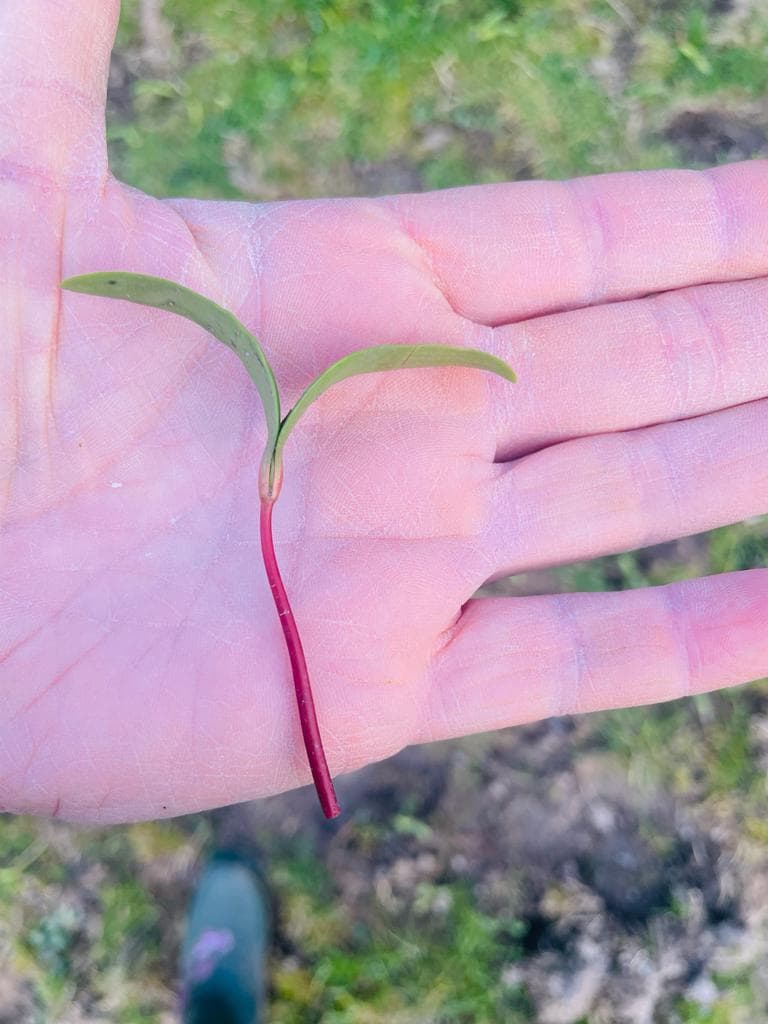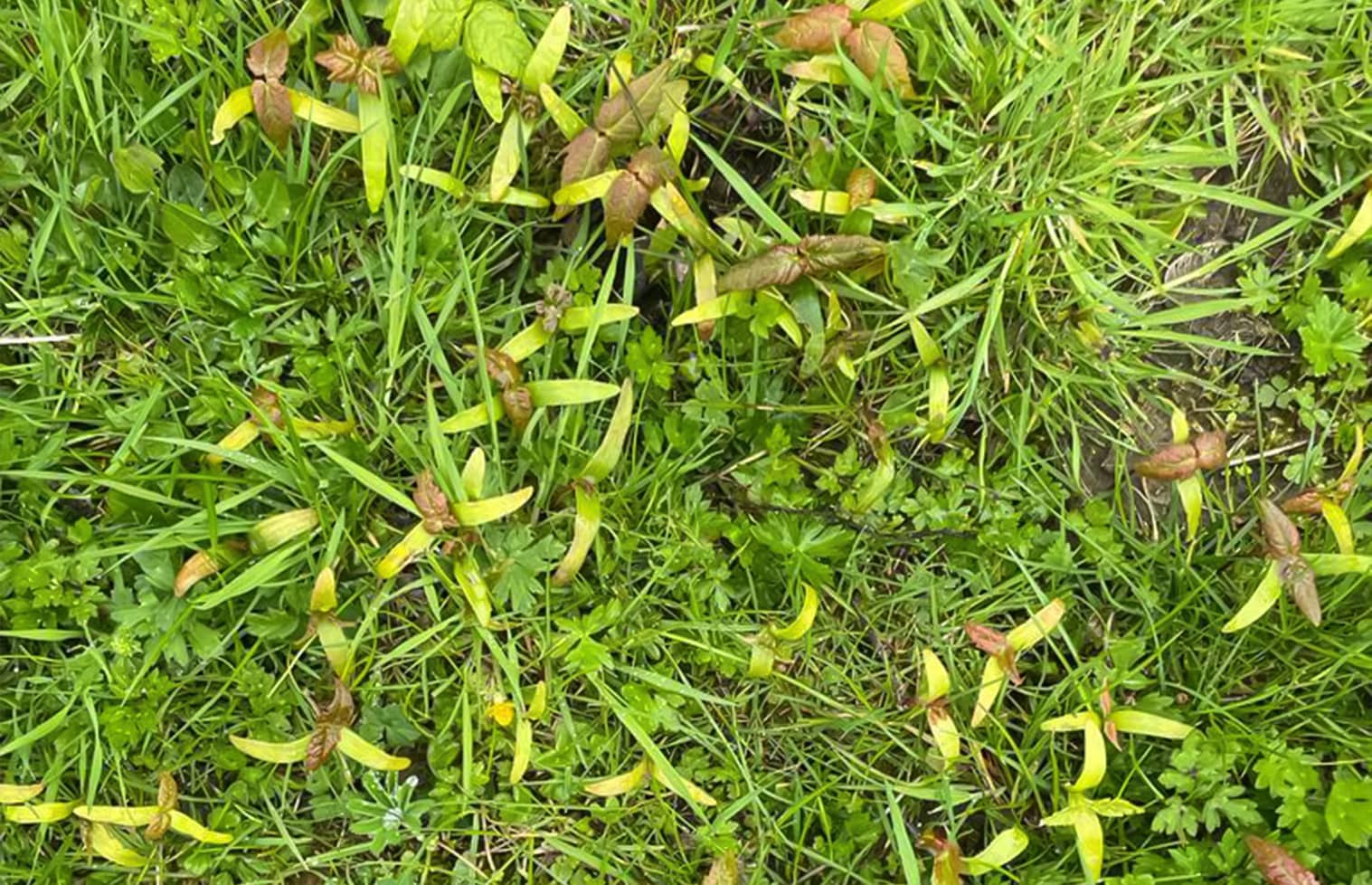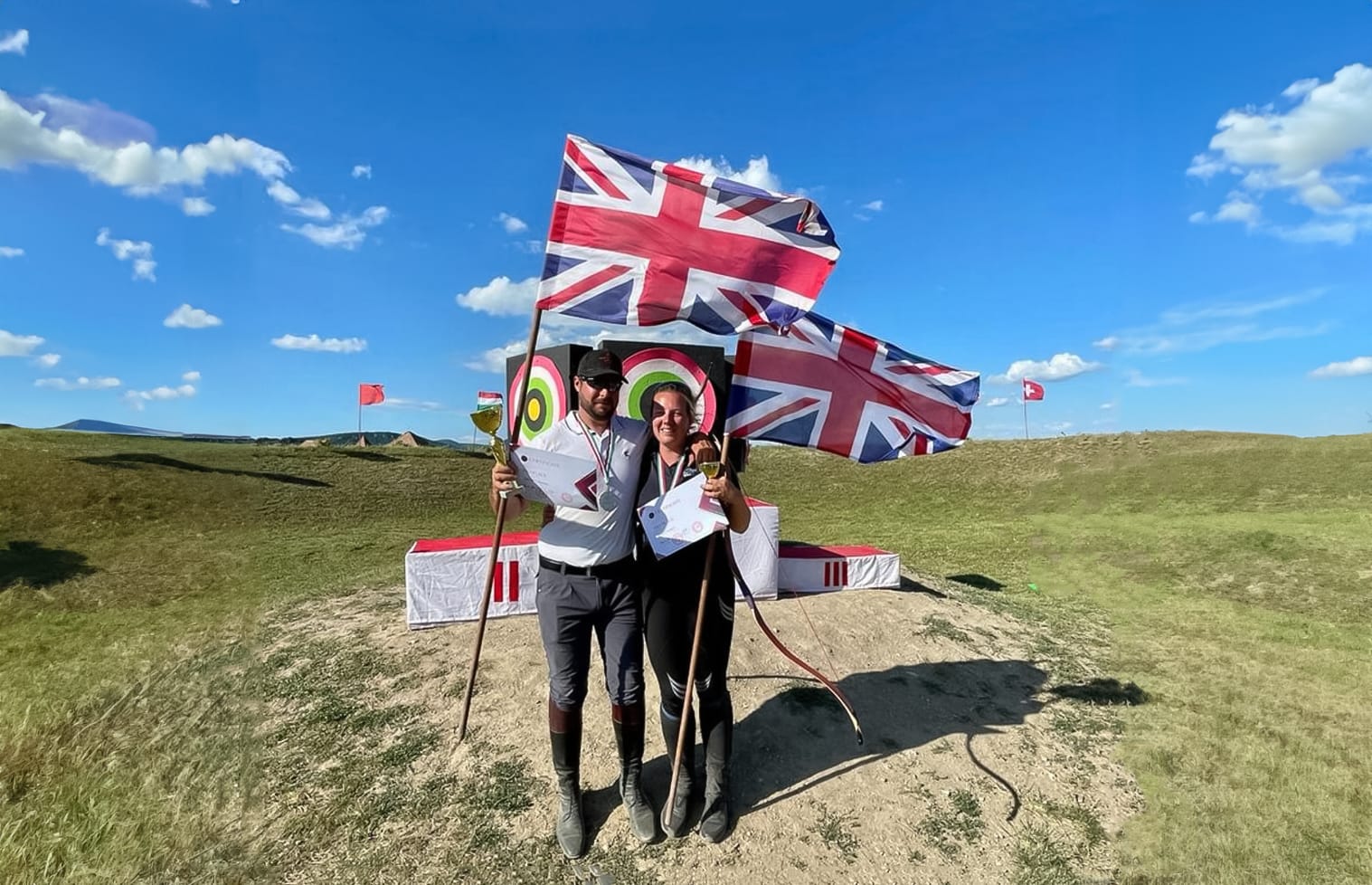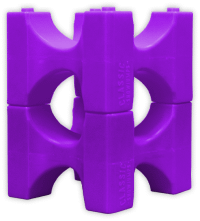Sycamore seeds and seedlings are a known hazard to horses, but this year, the danger seems to be particularly prevalent as seedlings grow rife this spring.
Hidden danger in your paddocks…
Sycamore poisoning can cause a condition known as atypical myopathy, a serious condition that affects horses. It can cause severe muscle damage and even death!
Horses are most commonly affected by the poisoning when they graze on pastures that contain fallen sycamore seeds or seedlings. This can occur when horses are turned out to graze in the autumn or winter, when the seeds have fallen from the trees.

Symptoms of Sycamore Poisoning…
The symptoms of sycamore poisoning can vary depending on the severity of the condition. In mild cases, horses may show signs of lethargy, depression, and a lack of appetite. In more severe cases, horses may experience muscle weakness, tremors, and difficulty standing. They may also have dark urine and a rapid heart rate.
It is really important to diagnose and treat quickly.

Treatment of sycamore poisoning…
The treatment of sycamore poisoning will depend on the severity of the condition. In mild cases, horses may recover with supportive care, such as intravenous fluids and pain management. In more severe cases, horses may require hospitalisation and intensive care.
The main goal of treatment is to manage the symptoms and prevent further muscle damage. This may involve the administration of intravenous fluids to help flush the toxins from the horse’s system, as well as medications to help control pain and inflammation.
How do I prevent sycamore poisoning…
With fatalities being up to 75% of cases, we want to avoid this danger by preventing the ingestion of seedlings. The best way to do this is to remove your horse or pony from the grazing and remove sycamore seeds and seedlings from pastures. This can be done by raking, mowing, grazing stock or hand picking the pasture.
If horses are grazing in an area where sycamore seeds have been found, it is important to monitor them closely for any signs of illness or distress. Horses should also be provided with plenty of fresh water and high-quality hay to ensure that they are well-nourished and will be less likely to eat the seeds.
The seeds are very distinctive and often called “helicopters” because of the way they fall from the trees and spread in the wind with their circular motion. The seedlings are also recognisable by their two leaves which are first to sprout.
If you have any concerns about potential sycamore ingestion or the presence of seeds or seedlings in your horses grazing, contact your vet for advice. By taking these precautions, horse owners can help protect their animals from this potentially life-threatening condition.






